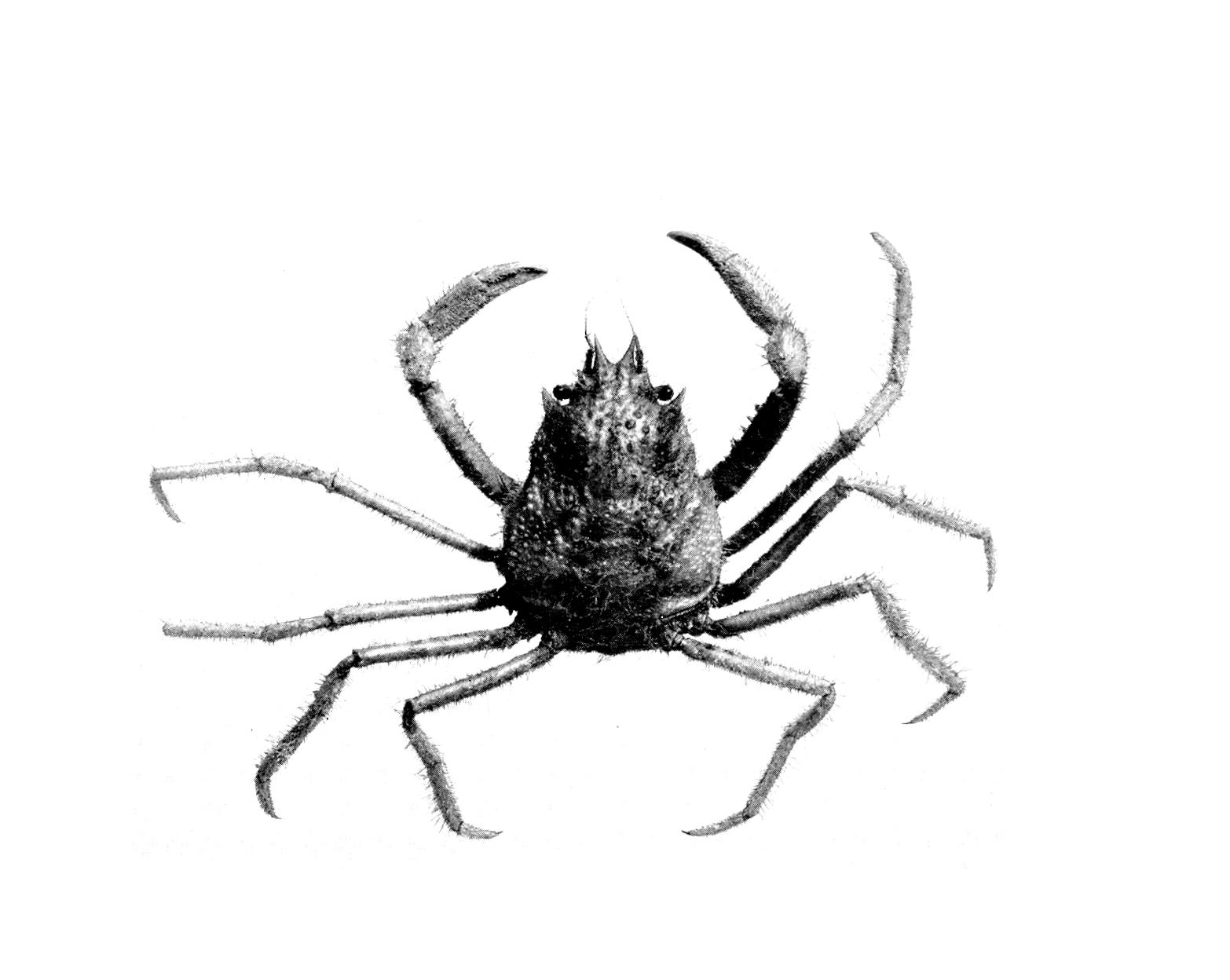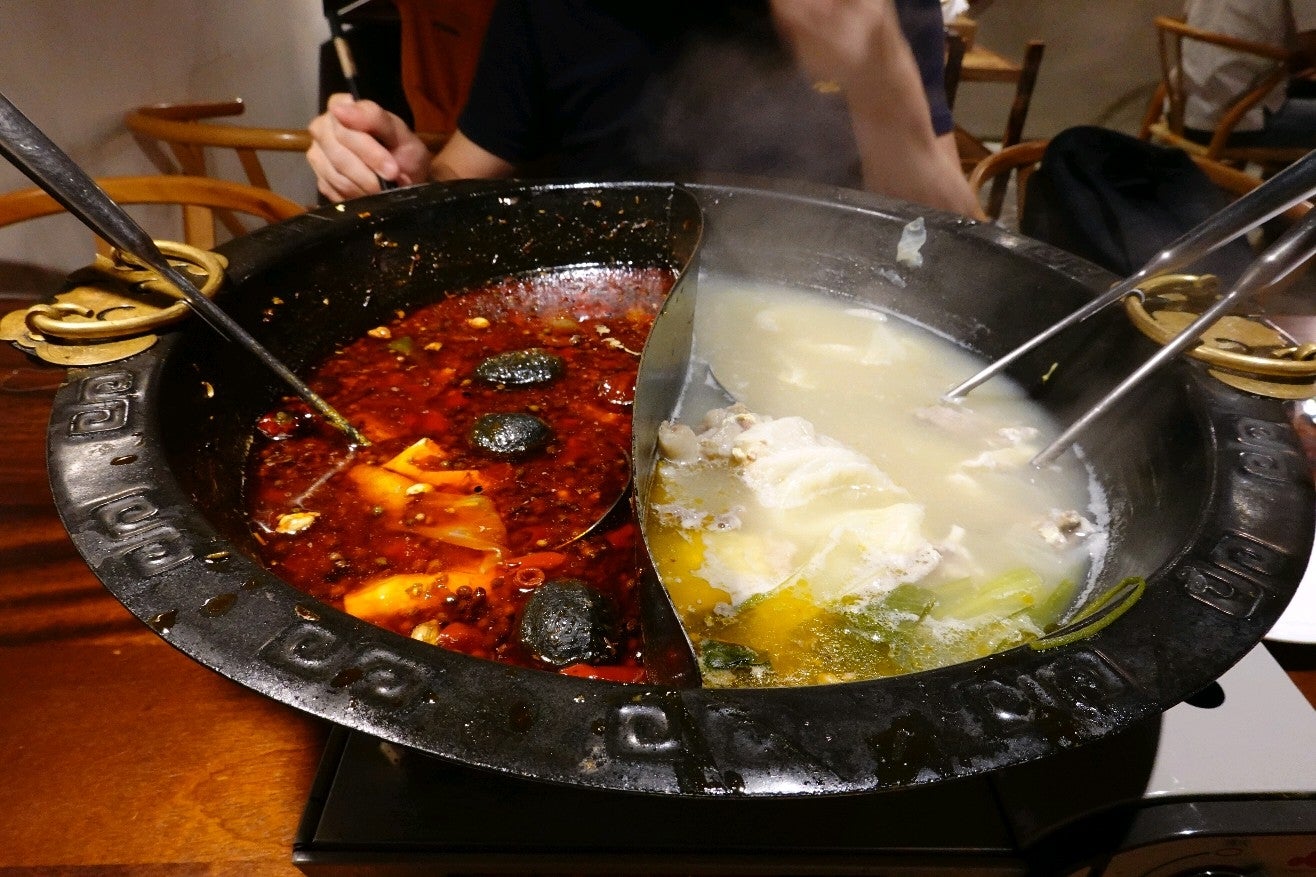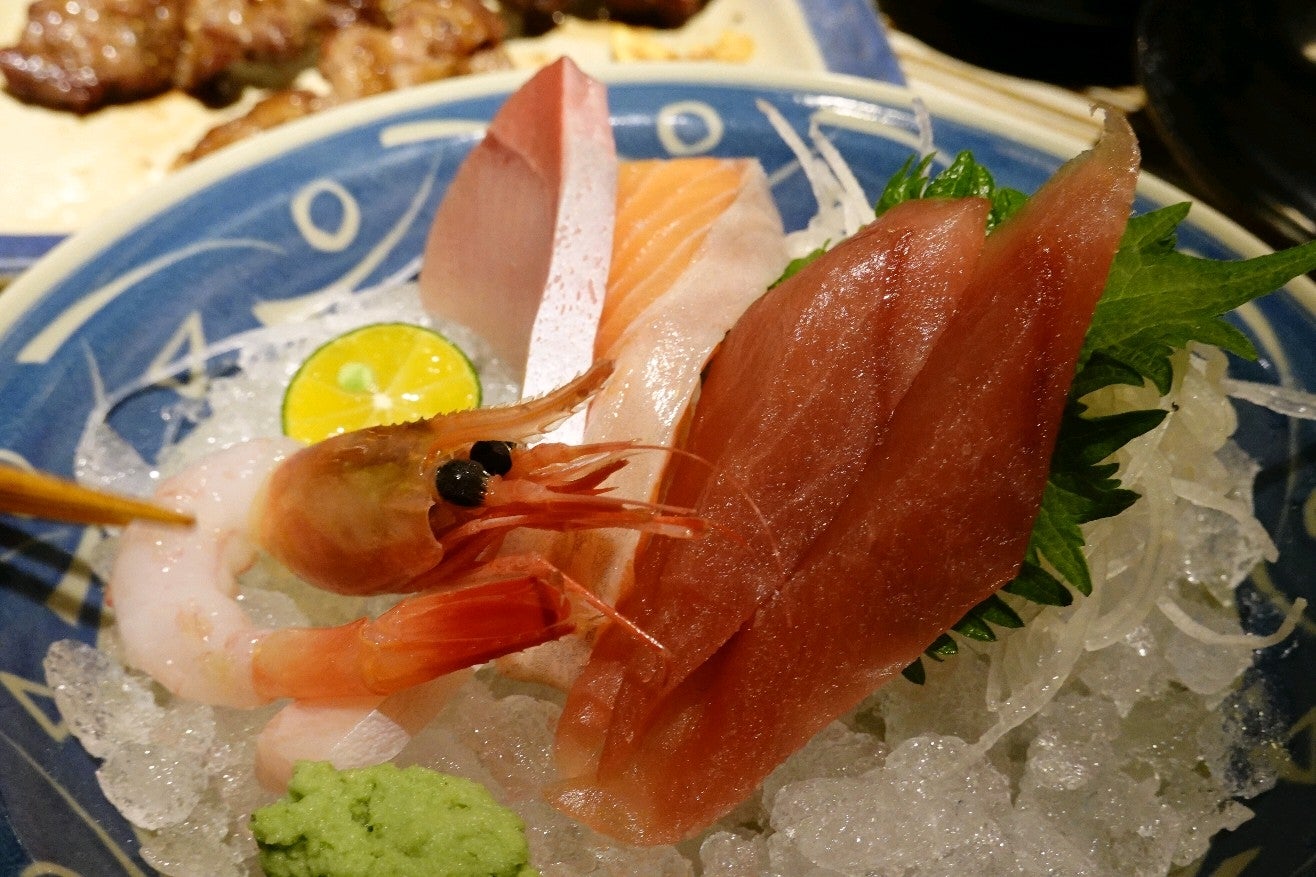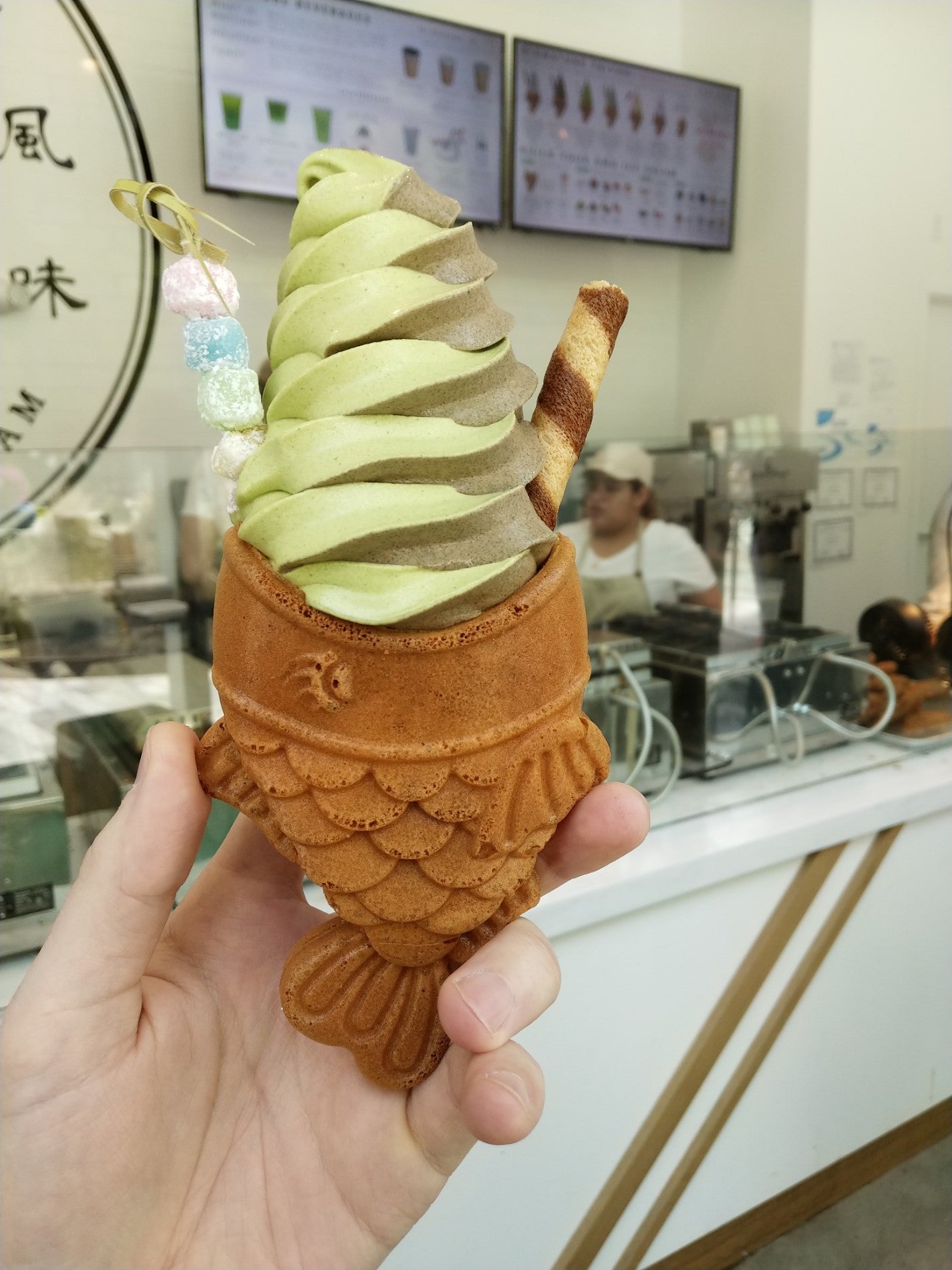Oregonia crabs, babies, identification
I received a crab Aquarium Depot markets as a “lavender sponge crab,” and the bag contained hundreds of what I initially thought were some sort of pods, but later identified as baby crabs in the initial stage, zoea. I’m not sure they survived my tank, but after a few days the crab is apparently again carrying tons of eggs.
Video of one of the hundreds of baby crabs under microscope with a 10x objective lens
In comparing the images on Wikipedia, the parent crab appears to be Oregonia bifurca, also known as the split-nose crab, but the article states those are rare and dwell at greater depths than the more common O. gracilis, known as the graceful decorator crab.
The Wikipedia page states:
Oregonia bifurca can be readily distinguished from O. gracilis in having shorter rostral horns that curve away from each other…
The crabs I received — I ordered one of each “color” — all match that description and look like the images below of the split nose crab.
If that’s all I knew, I would be sure I have three O. bifurca crabs, but the article continues:
Oregonia bifurca is a deep-water species usually found at depths of 500 to 1,400 m (1,600 to 4,600 ft). They live at the surface of seamounts and guyots, in habitats of sand, broken shell, and foraminiferous mud. Their habitat is mutually exclusive with that of O. gracilis, which is found in shallow water to only about 400 m (1,300 ft).
O. bifurca is a rare species. Aside from the waters around the Aleutian Islands, it has also been documented in the Bowers Bank of the western Bering Sea, the Nintoku Seamount of the central Pacific Hawaiian–Emperor seamount chain, and off the coast of British Columbia in North America.
So I’m not sure. It seems the crab must be one of the two, as the genus Oregonia apparently only contains those two species plus an extinct one, O. spinifera.
These videos show a smaller crab, which looks similar to porcelain crabs I have but smaller, taking refuge upside down under the larger crab’s right side. It’s interesting the smaller crab is of a similar color as the larger crab, but the totally different claw shape and the apparent filter feeding behavior makes me think it is a porcelain crab. I guess I’ll see when it gets older. So far it’s been in the same spot on the larger crab for a week.
Oregonia crab with small porcelain crab
Oregonia crab with small porcelain crab
This video shows the crab either grooming itself or possibly removing babies or cleaning the baby carrying area? I have no idea what the part of the body is that looks somewhat like feathery gills, but as far as I can tell is only present on this female crab and not the other ones I received. This might be called an apron, but it’s not clear to me if that’s a general term for under a crab or it is this compartment that can open. I haven’t been able to examine the others as closely though. At one point in the video, the opening closes briefly when I move the camera too close. Some of the babies can be seen swimming around in this video as well.
Female oregonia sp. grooming or removing babies
Oregonia sp. in between eating
I’ll have to post more photos later of the mother crab, as she is now full of eggs again within a week of her last birthing of tons of eggs. I get a peak of the new eggs, which are very red, quite frequently as she is often reaching into the
I haven’t found much information about the time the various stages take, but blue crabs apparently take two months to develop from egg to immature crab. Some female crabs mate only once, and I am guessing these crabs are of the type to be able to give birth multiple times after a single mating. Perhaps she quickly mated with the other crabs in my tank and developed eggs within a few days, but I have yet to see them move much or go near each other. The blue crab article says “Blue Crabs are serial spawners and release their larvae over a period of one or two weeks”. I’m not sure if that means they release the eggs and then develop new ones and release again, as my crab seems to be doing.
Related: I found this video of another type of crab dramatically releasing her eggs:
Female Red Claw Crab releasing her eggs

























